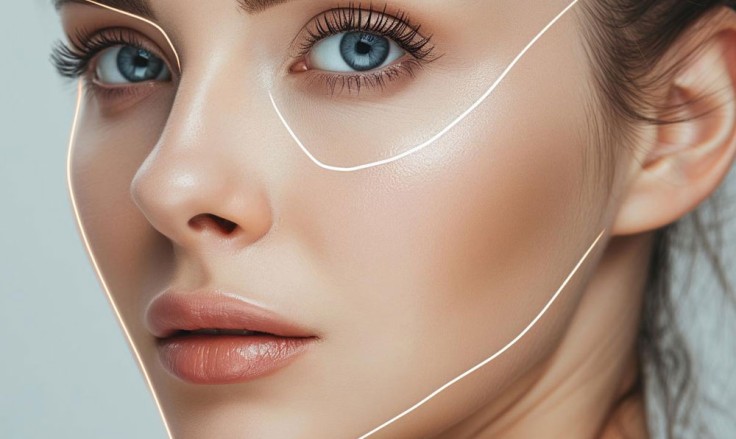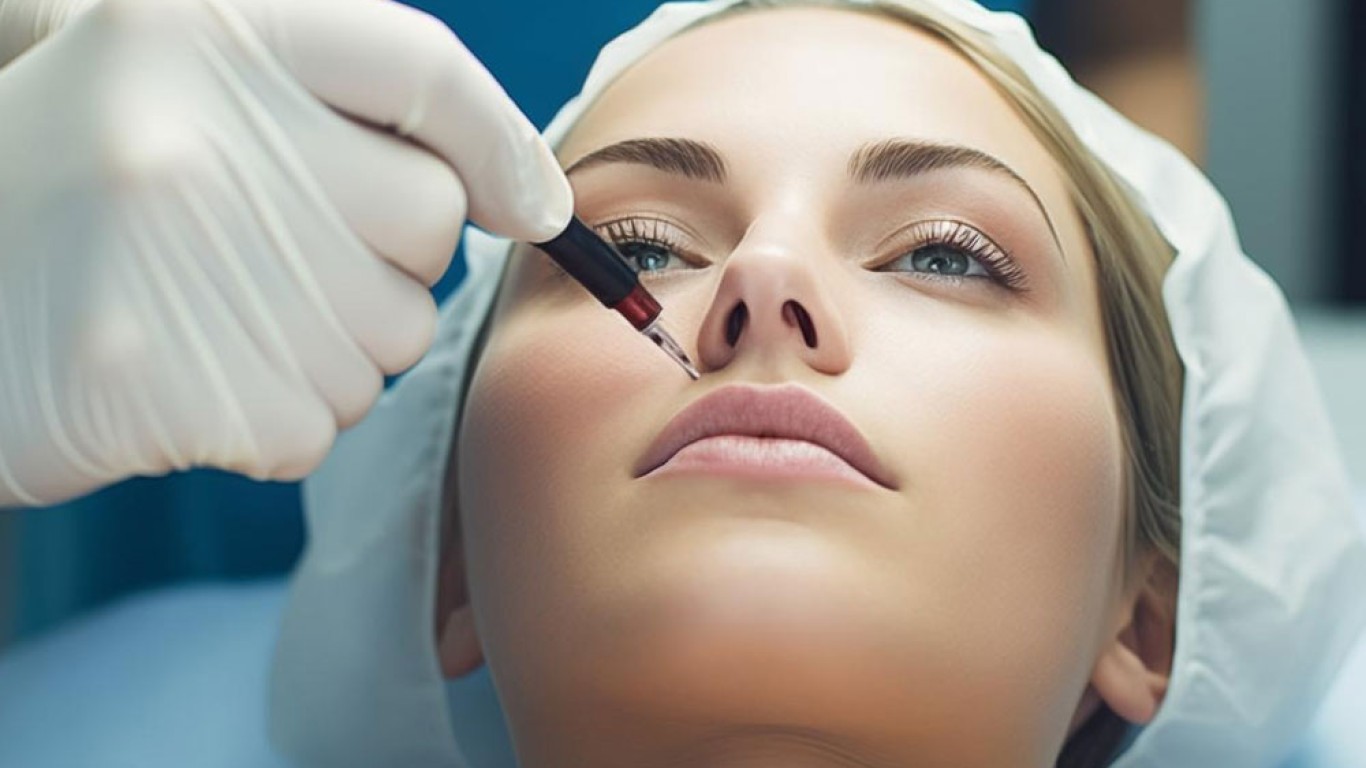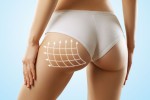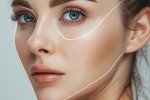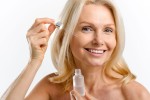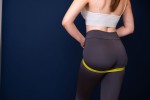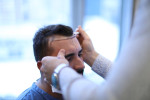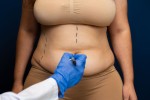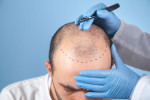PRP facial rejuvenation continues to evolve. It is one of the most versatile regenerative skin treatments in 2025. PRP is also known as platelet rich plasma. It uses growth factors from a patient’s own blood to stimulate collagen. It improves texture, and supports structural balance. PRP works with natural biological processes. Therefore it suits several ageing patterns related to texture, firmness, and surface irregularities. This guide explains how PRP works and what to expect from modern techniques. Learn how specialists use it to support balanced facial rejuvenation.
How PRP Facial Rejuvenation Works
PRP is created by drawing a small amount of blood and separating platelets using centrifugation. Platelets contain growth factors that influence healing and tissue regeneration. When injected or applied to the skin, these growth factors signal fibroblasts to produce collagen. PRP supports the skin from within. So, PRP facial rejuvenation influences structure gradually rather than producing instant volume. This makes it a useful option for refining surface texture and improving uniformity.
Why PRP Facial Rejuvenation Remains Relevant in 2025
PRP remains popular because it uses the body’s natural components. This reduces the risk of adverse reactions. Additionally, it works across multiple concerns including mild laxity, uneven texture, and pigmentation irregularities. Specialists also value PRP because it integrates well with other treatments. In 2025, improved centrifuge systems and refined preparation protocols increase platelet concentration. This results in more consistent outcomes and clearer structural support.
Advanced PRP Facial Rejuvenation Processing Methods
Modern PRP systems deliver higher purity levels through controlled separation techniques. Advances include:
- Dual-spin centrifugation for improved platelet concentration
- Temperature-controlled processing to preserve growth factor activity
- Filtration systems that separate unwanted components
These improvements allow PRP facial rejuvenation to deliver more predictable clinical results. Especially compared with earlier systems.
Treatment Areas Suitable for PRP Facial Rejuvenation
PRP suits several facial and neck areas, including:
- Under-eye region
- Cheeks
- Forehead
- Lower face
- Neck
- Jawline
These areas respond well because PRP stimulates collagen and enhances structural quality. Specialists often target multiple zones to support overall balance.

Injection vs Microneedling Application
PRP can be delivered through injections or microneedling depending on the depth and concern.
- Injection Technique: Targets specific structural layers. It is used for deeper texture irregularities or areas requiring improved support.
- Microneedling With PRP: Applies PRP across the surface and mid-level layers. This supports fine texture and general radiance.
Many individuals receive both methods during the same session because they influence different depths.
How Specialists Assess Skin Before PRP Facial Rejuvenation
Assessment includes examining skin thickness, elasticity, hydration, and vascular behaviour. Specialists also review medical history because certain conditions influence platelet activity. Additionally, AI-based imaging tools in 2025 help map surface irregularities. They help identify areas needing structural reinforcement. These tools allow precise placement during PRP facial rejuvenation. This ensures consistent coverage and reliable collagen stimulation.
Treatment Plan and Session Frequency
Most plans include a series of sessions because collagen production is gradual. Common schedules involve:
- Three sessions spaced four weeks apart
- Additional maintenance sessions every six to twelve months
Specialists tailor frequency based on response, age, and skin structure. Deeper texture concerns may require more concentrated protocols.
What to Expect During a PRP Session
A session typically follows clear steps:
- Firstly, blood is drawn into a sterile tube.
- Secondly, it is processed using centrifugation.
- Thirdly, PRP is extracted from the top layer.
- Fourthly, the PRP is injected or applied with microneedling.
- Finally, a calming serum may be applied to support early recovery.
The full process usually takes less than one hour.
Recovery After PRP Treatment
Recovery is mild because PRP relies on natural regenerative processes. Temporary redness or swelling may appear. Most individuals resume normal activity quickly. Avoiding heat, intense activity, and harsh products for 24 hours supports early healing. As PRP integrates into the skin, texture and firmness begin improving gradually.
Expected Results from PRP Facial Rejuvenation
Results develop steadily as new collagen forms. Texture becomes more uniform. Skin appears smoother with reduced visible irregularities. Many individuals prefer the gradual nature because it supports consistency over time. Because PRP works biologically rather than mechanically, the changes reflect natural tissue behaviour. PRP facial rejuvenation provides refinement without dramatic alteration.
Conclusion
PRP facial rejuvenation supports structural refinement through natural regenerative processes. In 2025, improved processing methods, AI-guided assessment, and combination treatment plans make PRP a reliable option for balanced facial rejuvenation. Through targeted placement and gradual collagen stimulation, PRP strengthens the skin and enhances texture without altering natural structure.
For more information and to book a consultation visit the ACIBADEM Beauty Center PRP webpage.
Frequently Asked Questions
Most plans involve three sessions spaced four weeks apart.
Yes, PRP supports collagen and improves under-eye texture.
Recovery is mild, with redness settling quickly.
Yes, PRP enhances healing and works well with resurfacing.
Results last several months with annual maintenance suggested.
